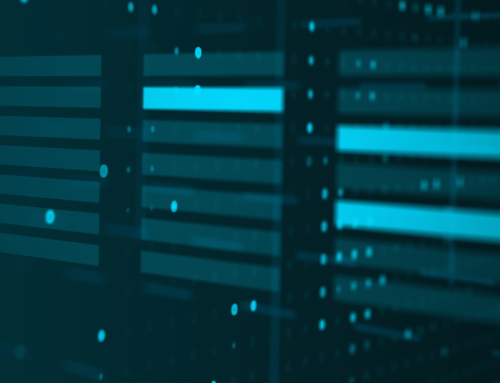The release of FlexApp version 6.7 this week marks a tremendous set of milestone achievements for Liquidware. In a competitive industry, it is important for software platforms to constantly evolve or run the risk of being replaced. This release builds upon the leadership position that FlexApp has held for a while now.
FlexApp from Liquidware is now the only 3rd party software platform that can seamlessly integrate with core vendor platforms when they ultimately fail to achieve the results and or experience that enterprises have come to demand.
Over the last year or so there has been a technological movement around the potential benefits of combining operating system layering and application layering within the enterprise EUC ecosystem. Results of this enterprise testing are still unfolding but an early majority of customers have expressed concerns around this concept.
The primary concerns about this effort seemingly hover around time management issues for the enterprise customers. Existing PVS image management practices that customers like, for example take X amount of time. Now they are being asked to shift towards an operating system layer management workflow that takes significantly more time and requires additional management complexity and overhead. This often becomes a deal breaker for many enterprise customers.
To that end, FlexApp has continued down the path of separating application management from the desktop or server operating system management with respect to the core vendor platforms. The customer feedback around this effort has been incredibly positive.
Within the FlexApp version 6.7 release we have a number of new features geared to achieve enhanced management efficiencies and increased user experience across the enterprise.
FlexApp session Layers is a new way to enhance the user experience on hosting platforms like Citrix XenApp or RDSH. Administrators have had the ability to eliminate native application installs on the hosting server instance by leveraging FlexApp since it was first created. Now administrators can provide individual FlexApp layers to individual users in their own unique session. Where, User A can leverage different applications from User B. A case can be made that FlexApp Session Layers are the first to market considering some of our competitors have promised features like this, but have yet to deliver. Regardless, we are pretty excited about how this new feature can integrate with and optimize core vendor EUC platforms across physical, virtual and cloud environments.
FlexApp Click to Layer is a feature geared towards enhancing the overall login experience for users with respect to application deployment approaches on vendor platforms across physical, virtual and Cloud environments. Administrators have always been able to provision FlexApp Layers at system boot or user login depending upon the various application resource requirements. Now administrators have the ability to provision applications on an as needed basis with our “Click to Layer” feature. A FlexApp Click to Layer icon is simply deployed normally to the user’s desktop at login. However, the FlexApp Layer has not actually been attached just yet. The FlexApp Layer is only attached when the user has activated the application by double clicking on the icon. At which point, the corresponding FlexApp Layer is attached as a background process and the application launches. This subtle shift has an efficiency ripple effect across platforms, as varying types of applications that may require more bandwidth or time to attach to the endpoint, can simply be delayed until they are needed by the user.
Additionally, FlexApp Session Layers and the Click to Layer features can be combined to provide an even more robust user experience within these environments. Administrators can now assign FlexApp Layers to Citrix XenApp for example, where the resources required to attach are not needed right away. At which point, when the Citrix XenApp user does activate the new FlexApp Click to Layer icon, the layer will be attached as a background process within their own individual session. Therefore, combining the two features for a more robust user experience.
FlexApp version 6.7 has achieved some new packaging process efficiencies tied to additional optimizations that are coming later this year. As part of this initial wave of optimizations, FlexApp now supports application reboot requests during the capture process. FlexApp has always had ways to work around the reboot requests but now it can efficiently identify the reboot tasks in real time, pause the capture process, allow the reboot tasks to process naturally and essentially pick up the capture where it left off. Not that every application install requires a reboot, but when a reboot is called for, FlexApp can simply handle it in stride.
Over the coming weeks, you will hear more and more about the benefits of this release. Feel free to check out an overview video of the FlexApp version 6.7 release as well.
Additionally, we have created a FlexApp “Dare2Compare” video that establishes a baseline for FlexApp for comparison against the other competitors in this space
For more information on FlexApp or other Liquidware products and features, please visit: Liquidware.com








[…] Read the entire article here, FlexApp version 6.7 release – Features overview | Liquidware Blog […]